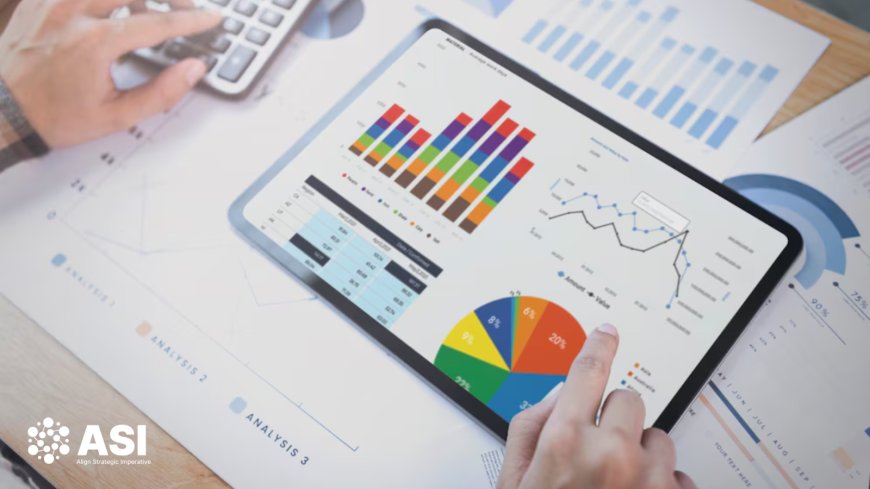Neopentyl Glycol Market Set for Strong Growth: Trends, Drivers, and Key Players
This article provides a comprehensive overview of the Neopentyl Glycol (NPG) market, highlighting its current size, projected growth, and key factors driving its expansion. It delves into the diverse applications of NPG across various industries, such as paints & coatings, automotive, construction, adhesives & sealants, and lubricants, emphasizing its unique properties like thermal and UV resistance, which make it ideal for high-performance materials.

The global Neopentyl Glycol (NPG) market is experiencing a significant growth phase, propelled by its unique chemical properties and increasing adoption across a diverse range of end-user industries. Currently valued at approximately USD 1.6-1.7 billion in 2024, the market is projected to reach around USD 2.5-3.6 billion by 2034-2037, demonstrating a healthy Compound Annual Growth Rate (CAGR) of 4.6% to 5.1% over the forecast period. This robust expansion is largely attributed to NPG's superior performance in applications requiring high durability, chemical stability, and environmental compliance.
The Multifaceted Applications of NPG
Neopentyl Glycol (2,2-dimethylpropane-1,3-diol) is a versatile organic compound that serves as a crucial building block in various chemical syntheses. Its symmetrical structure provides excellent resistance to hydrolysis and oxidation, making it a preferred choice for demanding applications. Key industries driving NPG demand include:
Paints & Coatings (Dominant Segment): This sector accounts for the largest share of NPG consumption, holding over 40% of the market. NPG is extensively used in the production of high-performance resins for powder coatings, alkyd resins for metal furniture, and unsaturated polyesters for artificial marble and gel coats. Its ability to enhance durability, weather resistance, corrosion protection, and aesthetic appeal in coatings makes it indispensable. The growing emphasis on low volatile organic compound (VOC) and water-based coatings further boosts NPG demand due to its environmentally friendly profile.
Automotive: NPG is integral to the automotive industry for manufacturing various components, insulation materials, and especially high-performance automotive paints and coatings. Its contribution to lightweight and fuel-efficient vehicle components, along with durable and attractive finishes, ensures its continued demand in this expanding sector.
Construction: The rapidly growing global construction industry is a significant consumer of NPG. It is incorporated into durable and efficient construction materials such as paints, adhesives, sealants, and insulation. Increased investments in infrastructure development, smart city projects, and residential construction worldwide are escalating NPG demand.
Adhesives & Sealants: NPG is a vital ingredient in polyurethane adhesive resins, providing flexibility and strong adhesion. The rising demand for advanced sealants and adhesives with low VOC content and enhanced functionality is contributing to market expansion.
Lubricants: Due to its exceptional thermal stability and oxidation resistance, NPG is increasingly adopted in the manufacturing of high-performance synthetic lubricants for industrial and automotive applications, including hydraulic fluids, greases, and aircraft engine lubricants.
Plasticizers: NPG's unique chemical structure lends itself to the production of high-performance plasticizers, which impart flexibility and durability to various plastic products.
Pharmaceuticals & Agrochemicals: NPG also finds specialized applications in the synthesis of certain pharmaceutical intermediates and agrochemicals, further diversifying its market presence.
Electronics: It is utilized in electronic products, including etching processes for printed circuit boards.
Emerging Applications: Research is exploring NPG's potential in novel technologies such as solid-state refrigeration, owing to its colossal barocaloric effect (CBCEs).
Market Segmentation and Dominant Forms
The NPG market is commonly segmented by:
Physical Form:
Flakes: This segment holds the largest market share (over 64% in 2024) due to its ease of handling, storage stability, and suitability for large-scale industrial applications, particularly in resin and coating industries.
Molten: Transported at high temperatures, requiring specialized heated storage and handling.
Slurry: A suspension in water, offering a different handling and storage profile.
Grade:
Technical Grade: Dominates the market (over 85% in 2024) due to its high demand in industrial coatings, resins, lubricants, and plasticizers.
Pharmaceutical Grade: Used in specific pharmaceutical applications.
Production Method: Hydrogenation of Hydroxy Pivalic Aldehyde (HPA) is the dominant production method, capturing over 78% of the market in 2024, favored for its high conversion rates and lower production costs.
Regional Dynamics
Asia-Pacific stands as the largest and fastest-growing market for NPG globally. This growth is driven by rapid industrialization, burgeoning urbanization, and significant expansion in the construction, automotive, and manufacturing sectors, particularly in countries like China and India. The increasing demand for high-grade materials and environmentally friendly powder coatings and resins further propels the regional market. North America and Europe also contribute significantly to the market, driven by technological advancements and stringent environmental regulations promoting the adoption of low-VOC materials.
Key Market Players and Competitive Landscape
The global NPG market is characterized by a competitive landscape with several major players investing heavily in research and development and expanding their production capacities. Prominent companies include:
BASF SE
Celanese Corporation
Eastman Chemical Company
LG Chem
MITSUBISHI GAS CHEMICAL COMPANY, INC.
OXEA GmbH
Perstorp Orgnr
Polioli S.p.A.
Oleon NV
Shandong Dongchen New Technology Co, Ltd.
These companies are actively engaged in strategic initiatives such as product diversification (e.g., high-purity grades, customized solutions), geographical expansion, technological advancements (e.g., development of bio-based NPG solutions), vertical integration, and strategic collaborations and acquisitions to strengthen their market position and meet the evolving demands of end-user industries.
Challenges and Future Outlook
While the NPG market exhibits strong growth potential, it faces certain challenges, primarily price volatility of raw materials (derived from petrochemical feedstocks) and stringent regulatory landscapes surrounding chemical manufacturing.
Despite these challenges, the future outlook for the Neopentyl Glycol market remains highly positive. The increasing global emphasis on sustainable and high-performance materials, coupled with continuous advancements in production technologies aimed at improving product quality and availability, will be pivotal growth drivers. The robust expansion of industrial sectors, rising housing subsidies, and ongoing innovation in advanced industrial chemicals are expected to fuel NPG demand. As industries worldwide continue to prioritize efficiency, durability, and environmental responsibility, NPG's unique chemical properties position it as an indispensable component for a wide array of existing and emerging applications.
See Detailed Insights On:-https://alignstrategicimperative.com/industry/global-neopentyl-glycol-market/
What's Your Reaction?
 Like
0
Like
0
 Dislike
0
Dislike
0
 Love
0
Love
0
 Funny
0
Funny
0
 Angry
0
Angry
0
 Sad
0
Sad
0
 Wow
0
Wow
0

































